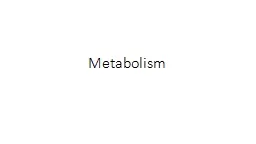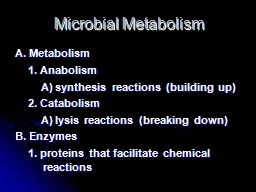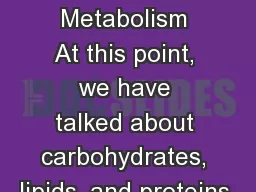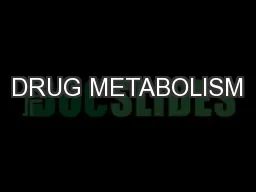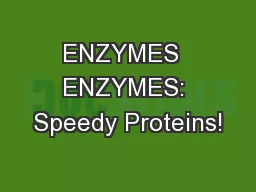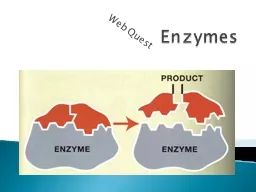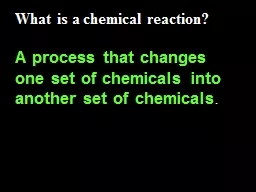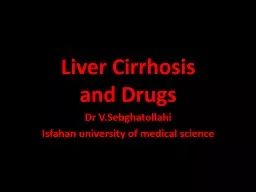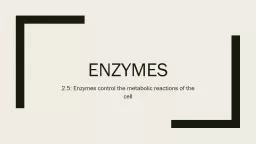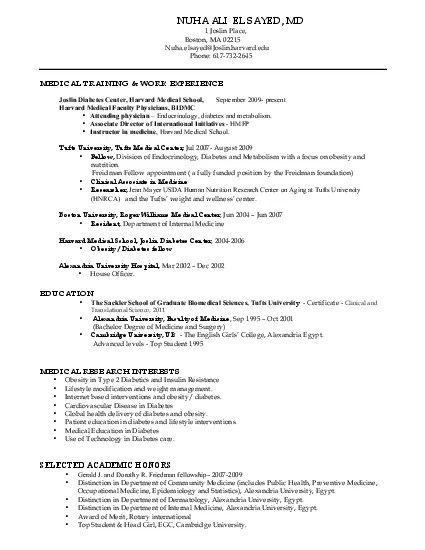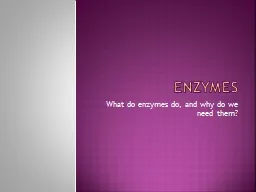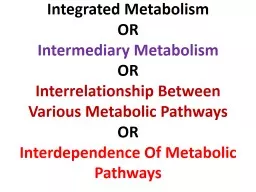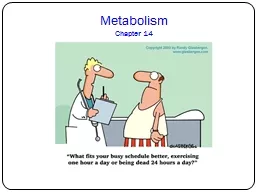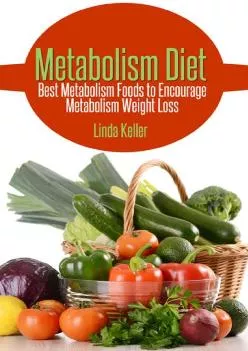PPT-Metabolism Enzymes: review
Author : hazel | Published Date : 2022-06-07
Anabolism vs Catabolism What is necessary for a chemical reaction to begin Reactants must come together in the right orientation With enough energy So ho do enzymes
Presentation Embed Code
Download Presentation
Download Presentation The PPT/PDF document "Metabolism Enzymes: review" is the property of its rightful owner. Permission is granted to download and print the materials on this website for personal, non-commercial use only, and to display it on your personal computer provided you do not modify the materials and that you retain all copyright notices contained in the materials. By downloading content from our website, you accept the terms of this agreement.
Metabolism Enzymes: review: Transcript
Download Rules Of Document
"Metabolism Enzymes: review"The content belongs to its owner. You may download and print it for personal use, without modification, and keep all copyright notices. By downloading, you agree to these terms.
Related Documents

